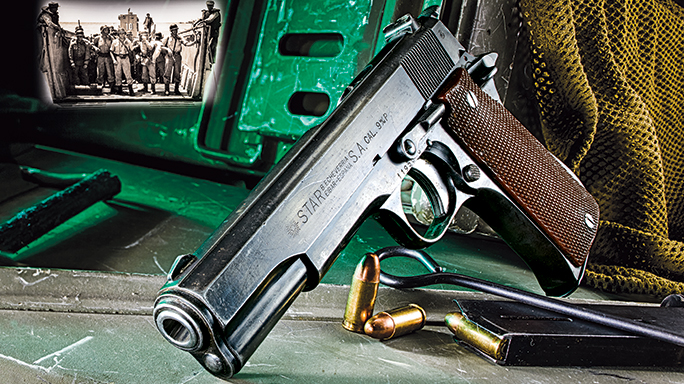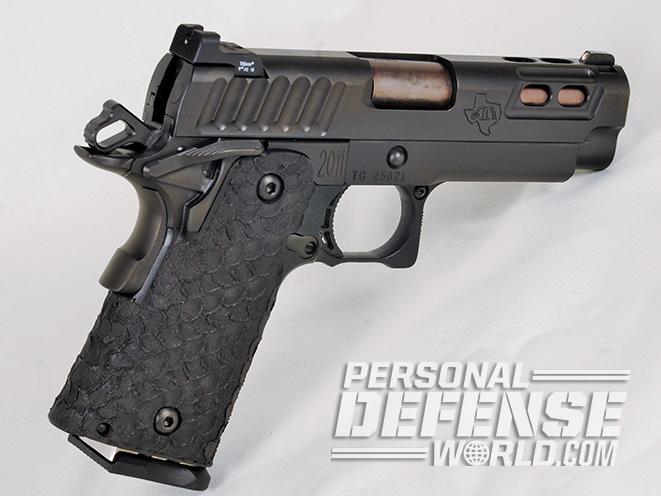
The appeal of these new braced pistols kicked off a surge in demand and by 2019 more than 50 gun makers were cranking out an AR-pattern handgun including big names like ArmaLite, Barrett, Daniel Defense, FN and Wilson Combat. Such arm braces and follow-on models like the KAK Blade, SBA3, Gearhead Tailhook, and others have continued to evolve the AR-15 pistol market, allowing essentially a “poor man’s SBR” without the hassles of extra ATF paperwork. Patented by Alessandro Bosco of SB-Tactical, the Sig Brace was blessed by the ATF as not being legally a “stock” thus avoiding changing such handguns it was attached to into a short-barreled rifle, which would require a tax stamp and NFA paperwork. Then, Sig introduced a serious game-changer.

Still, while Olympic Arms rebooted their OA-93 and new pistols such as the Bushmaster Carbon 15P and Hesse HAR-15 began to circulate, it was the initiative of firearms giant Sig Sauer that broke the mold and took the AR-15 handgun mainstream by introducing their P556 in 2009, later adding their P516 to the lineup in 2011. However, once the federal ban went the way of the dinosaurs, the market began to voraciously expand, with the 20 or so AR-15 rifle makers in 2005 growing to over 200 today.

Expiration of the Federal Ban Helps the Pistol Market Unfortunately, the 1994 Federal Assault Weapon Ban largely froze commercial AR-15 development for a decade from 1994 until it expired in 2004. The first American-made AR pistols debuted in 1993, the Rocky Mountain Arms Patriot and the Olympic Arms OA93, the latter of which going on to live in gun culture forever as being used the same year by William Dafoe as CIA super spook John Clark in the film Clear and Present Danger. While the Gwinn/Bushmaster 5.56mm NATO “Armpistol,” a compact 20-inch-long bullpup handgun that utilized some AR-15 parts, was around back in the early 1970s, its internals were pretty far and away from being that of the Eugene Stoner’s original ArmaLite work.īy 1986, the Australian Automatic Arms Corp, based in Tasmania, was exporting their SAP pistol to the U.S., an AR-15-ish handgun with a fiberglass receiver and forearm along with a 10.5-inch barrel. Likewise, the military sliced their standard 39.5-inch M16 rifle first to the more compact Vietnam-era XM177E1, then to the M4 which used both a shorter barrel and a collapsible buttstock, to drop the length down to 29.5-inches.

The original circa 1963 Colt SP-1/R6000, with its 20-inch barrel and 40-inch overall length, almost was instantly supplemented by the R6001 Carbine with a shorter 16-inch barrel. In fact, the AR-15 existed for three decades before a semi-practical version of the gun in pistol format first gained real traction on the consumer market.

While the AR-15 series of carbines, a product of Fairchild Aircraft’s ArmaLite subsidiary, have been around since 1957, the AR-style handgun is a much more recent animal.


 0 kommentar(er)
0 kommentar(er)
